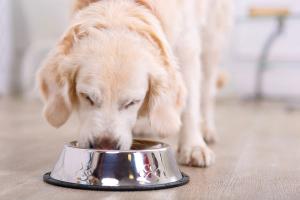Advertisement
Advertisement
Trending on dvm360
1
Tufts researcher wins AKC award for diet-associated DCM discovery
2
USDA grants full approval for novel canine parvovirus therapy
3
US Department of Justice files statement of interest in LMU lawsuit
4
FDA conditionally approves combination parasiticide for New World screwworm
5





